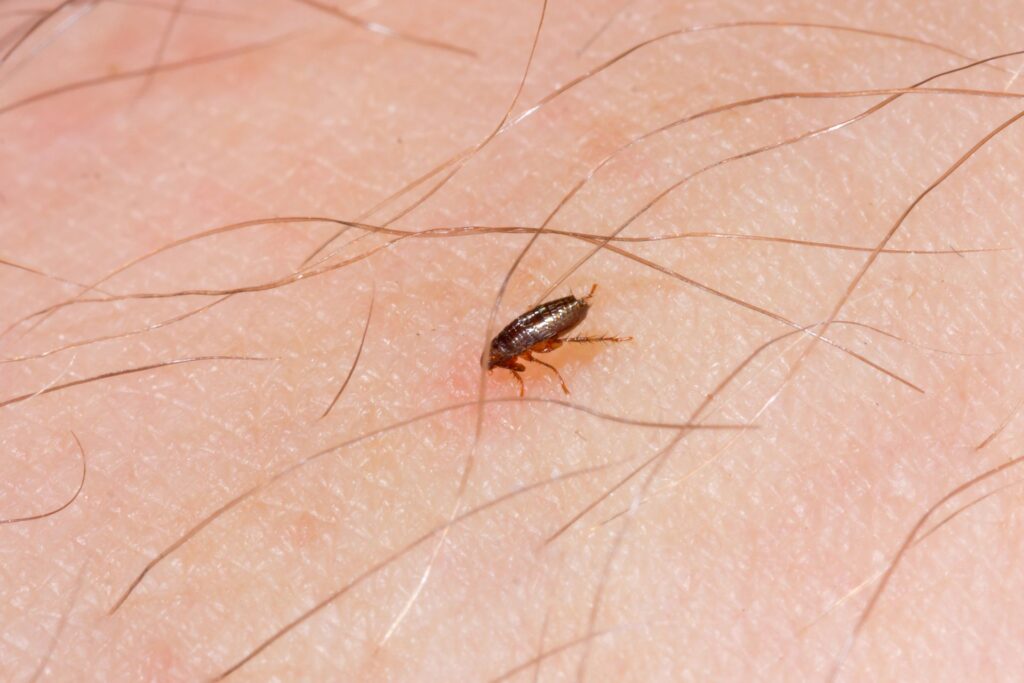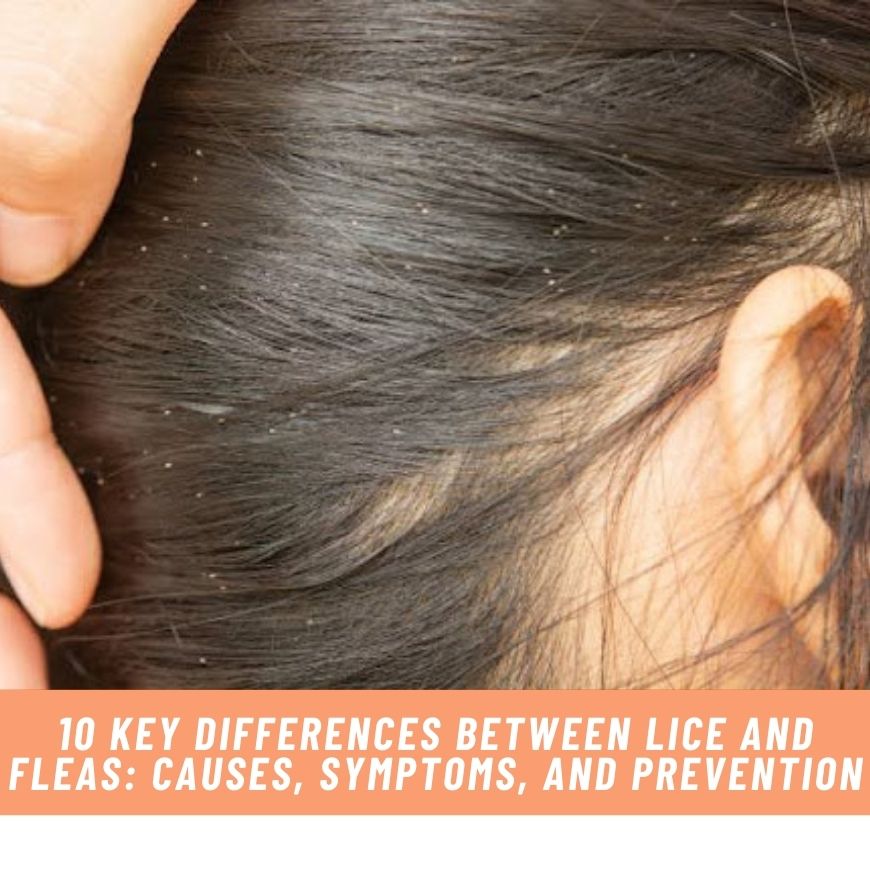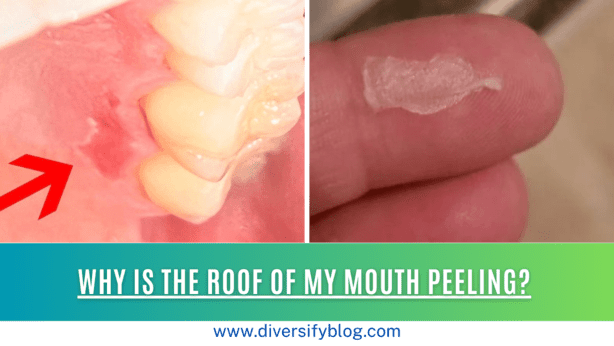Introduction:
The little insects known as lice and fleas feed on human blood. Still, you can tell them apart in important ways. The little insects known as lice feed on human blood as they develop in human hair. Scalp hair is the most typical place to find them. Head louse infestations can occur if the problem is not addressed quickly enough; nevertheless, the louse will die after a few days without a host.
Table of Contents
Another little insect that feeds only on blood is the flea. Animals such as dogs and cats are often thought of when people hear these words.Reliable Source, however it jumps from animal to human very easily. Without a host, fleas can survive for up to 100 days, which is far longer than lice.
Keep reading to find out how fleas and lice are different, as well as the signs to look out for and how to get rid of an infestation. Cockroaches are really little. Their six long legs terminate in claws, and their bodies are segmented and light-colored. Little white dots are the appearance of lice and their eggs, or nits, in human hair.
1. Behavior of fleas with lice:
Crawling lice swarm hair in tight clusters. Typically, you will not find them too far from a host that is alive.
Fleas are able to live for a longer period of time and can transfer from host to host. They typically infest animals in great numbers.
2. Markers of fleabites compared to bites from lice:
Some of the most frequent signs of fleabites and lice bites are listed here.
Asymptomatic lice bites
Itchy red lumps that become sores when scratched are the telltale signs of a lice bite.

- Symptoms of flea bites
- round bumps grouped together
- Itching, pain, hives, or a rash at the area of a bite
- bursts with white tips if bites get infected, discharge if lumps are scraped open
3. The dangers of lice vs. fleas to human health:
While lice are annoying and sometimes painful, they aren’t seriously harmful to your health. When things become bad, lice can spread and infest places where a lot of people congregate, like gyms or schools.
In addition to itching, fleas can be rather uncomfortable. However, flea bites can potentially transmit diseases, such as:
infectious disease
disease caused by protozoa
infections caused by helminths (parasitic worms) and rickettsial bacteria, which are transmitted by certain insects
The Difference Between Treating Fleas and Lice.
4. The following are some of the most popular flea and lice treatments that you may require:
Lice treatment options include medication lice treatments, over-the-counter (OTC) lice shampoos like Rid and Nix, and specialized lice combs for removing lice and nits from hair. topical ointments for the hair, like benzyl alcohol and OvideApply almond or olive oil to suffocate lice.
- Products that alleviate itching caused by fleas
- Antihistamines to alleviate bite inflammation and irritation; antibiotics to treat infected bites; medicated flea
- wash for pets and humans; topical or oral flea medicine for pets
- Methods for eradicating fleas and lice
- A guide on eradicating lice
4. Fleas vs. lice: the essential differences:
Tell fleas and lice apart when they bite pets.
- Despite their differences, fleas and lice are both annoying bugs. Both head lous and fleas:
- Bite and eat flesh at all hours of the day and night; can spread tapeworms; tiny, wingless insects
- Possibilities of bacterial infections, itching, and hair thinning
- Could potentially cause your pet severe discomfort.
5. What sets lice apart from fleas?
I will begin by saying:
- The blood-feeding flea is more frequent.
- Less common, lice feed on dead skin cells.
- However, if you are still confused, the following information will assist you identify the pests: Their movements are distinct
The Mobility of Fleas and Lice
Fleas are more difficult to detect since they are adept at hiding in hair. A flea can cross your path once, and then you might never see it again. Lice are less agile and can even use their enormous mouthparts to cling to specific hairs.
6. Lifespan and Reproduction of Fleas vs. Lice:
Fleas and lice are very different in many ways, including their life cycle and ability to reproduce. Female lice can lay a large number of nits (eggs) during their existence, and the average life span of a lice is around one month. Female lice attach their eggs to the hair shafts of their hosts after laying their eggs.
While fleas only survive on pets for a couple of months, they lay hundreds of eggs during that time. In contrast to lice, fleas deposit their eggs directly onto the ground, including upholstery, yard furniture, and carpets. These eggs will eventually hatch into adults, who will then re-infest the dog or any other animal they come into contact with.
7. An infestation of fleas or lice:

While fleas can infest an environment, lice can move from one pet to another through physical touch. So, while an infected pet can easily spread lice to another pet, a flea-infested pet will almost never transmit fleas directly to another pet. In reality, fleas will jump on a pet only after it walks or lies in an infested area.
No matter how old or what breed your pet is, fleas can still bite even the healthiest of pets. However, pets in unsanitary environments, whether young or old, or those who are neglected, are more likely to be affected by lice.
To better treat and avoid pest problems for your pet, it helps to have a basic understanding of the subject. Remember that the best way to deal with pests like fleas and lice is to take preventative measures.
8. Define fleas:
Like lice, fleas are tiny, wingless insects. Fleas are able to jump from one host (a pet, for example) to another, unlike lice, which can only crawl. Although fleas often infest animals, they will also feed on people. Fleas can survive for up to a hundred days without feeding on humans or other animals, whereas lice can only survive for a few days. Domestic pets can carry fleas into the house, where they can reside in carpets and upholstery.
9. How can medical professionals identify fleas and lice?
Medical professionals can tell when a patient has a lice infestation when they look closely at the patient’s skin and can see the eggs or live lice. Examining the damaged skin is the usual method for diagnosing fleabites.
- The bites of fleabites and bedbugs are similar, but the former can cause blisters and the latter usually doesn’t.
- Diagnosing fleas or lice typically does not necessitate any specific tests.
10. When it comes to fleas and lice, what is the outlook?
Lice and fleas have a fair prognosis. Skin and soft tissue infections are potential outcomes of itching or scratching the afflicted areas. Fortunately, fleabites and lice are easily cured and usually don’t leave a lasting impact.
Advice on staying flea-and lice-free
Decontaminating personal possessions is crucial in the event of a lice infestation.
- Laundry should be done in hot, soapy water that is at least 130 F (54 C) and clothes should be dried on high heat for a minimum of 20 minutes.
- Another viable option is dry cleaning.
- Place plastic bags containing non-washable items in a warm place for two weeks.
- Mattresses and furnishings can be treated with lice-killing sprays and other items
Keep fleas at bay by doing the following:
Using anti-flea drugs as prescribed by a veterinarian on household pets
Keeping the flooring and furniture clean and vacuumed on a regular basis
Maintaining a regular cleaning schedule for household linens
Final words
People who come into contact with fleas or head lice will experience itchy skin reactions. Although fleas can spread disease to people, lice cannot.
To alleviate the discomfort caused by bug bites, a person might take medication for both types of bites. Lice can also be eliminated by the use of medicinal therapies. In order to rid their pets of fleas, pet owners may need to consult their veterinarian. A person may also have to clean their house really well if they want to get rid of fleas.
People can take measures to prevent both insects, such as keeping their homes clean, avoiding stray animals, and washing clothing and linens frequently.



















